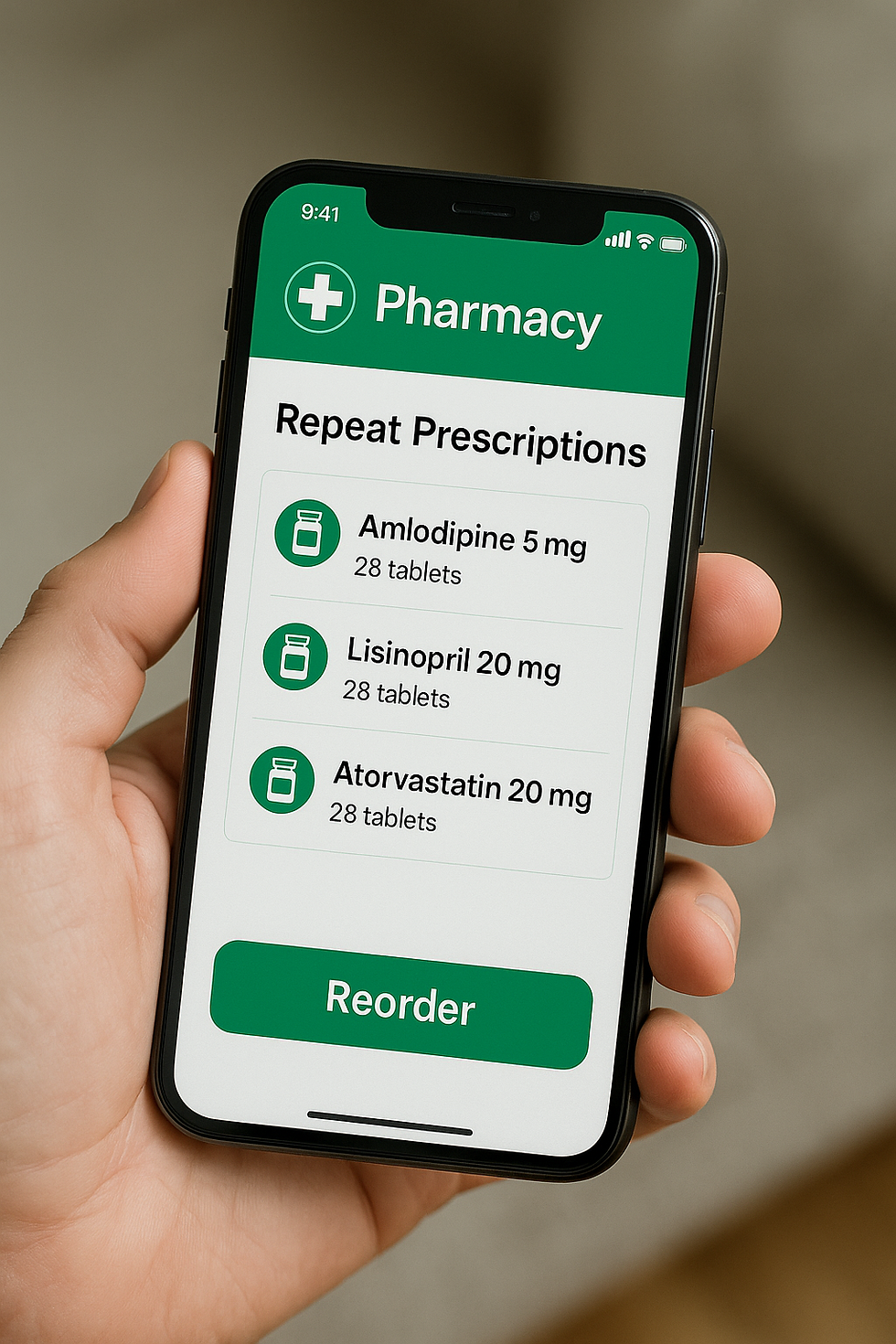Should We Be Considering HIMSS Accreditation?
- Kyle

- Apr 2
- 3 min read
In the evolving landscape of digital health, HIMSS accreditation is becoming an increasingly relevant benchmark, especially for Trusts aiming to showcase their digital maturity. But should every organisation be working toward it? And where does EPMA fit into the picture?
At the Trust I work in, we haven’t (yet) embarked on the HIMSS journey. We have a solid foundation: our Electronic Patient Record (EPR) system is Altera Sunrise Clinical Manager, and we’ve integrated this with our Pharmacy Dispensing System (EMIS Ascribe). Our prescribing workflows are digital, our data flows are strong, and medication orders are streamlined across platforms.
But we’re not quite there in terms of closed loop medicines administration, which is a major component of the higher HIMSS EMRAM stages, especially Stage 6 and Stage 7.

A Personal Reflection
I still remember first hearing about HIMSS accreditation five years ago, just after I started working in EPMA. At the time, it sounded like something distant, international, and somewhat abstract. But over time, it has become clear that HIMSS isn’t just about ticking a box, it’s about creating safer, smarter systems for our patients.
Since then, I’ve watched the conversation shift. Accreditation has become more prominent, especially as more NHS organisations align themselves with national priorities like the What Good Looks Like framework. I now see HIMSS as a useful lens, not just for assessment, but for shaping our digital direction.
What is HIMSS and Why Does It Matter?
The Healthcare Information and Management Systems Society (HIMSS) provides a series of maturity models, the most well-known being EMRAM (Electronic Medical Record Adoption Model). It’s an 8-stage framework (0 to 7) used to assess how well digital systems are embedded into clinical workflows.
Key EPMA-related milestones include:
Stage 4 – Full Computerised Provider Order Entry (CPOE) with decision support
Stage 5-6 – Integration with pharmacy, digital documentation, and analytics
Stage 7 – Full closed-loop medicines administration, advanced interoperability, and real-time reporting
It’s worth noting that some NHS Trusts have already reached the top. Liverpool Heart and Chest Hospital recently achieved HIMSS Level 7, and they do have closed loop meds administration in place, with barcode scanning and system integration at every step. My colleagues in EPMA over there really are doing an amazing job. They were kind enough to give me a demonstration when I went to visit a couple of years ago.
Beyond EPMA: Other Clinical Informatics Capabilities
While EPMA is a key component of EMRAM stages, HIMSS accreditation also relies on a broader clinical informatics ecosystem.
To reach higher maturity levels, organisations must also demonstrate capabilities such as:
Electronic clinical documentation with structured data entry
Electronic nursing workflows, including risk assessments and care plans
Clinical decision support systems (CDSS) with alerts and real-time guidance
Patient engagement tools, such as portals and access to digital health records
Health information exchange (HIE) and data interoperability across care settings
In other words, EPMA is essential, but it’s only one piece of a much larger digital jigsaw puzzle.
So Should We Be Working Toward Accreditation?
It’s a good question, and one I’ve been thinking about more and more.
While HIMSS accreditation isn’t mandatory, it can act as a north star: a way to benchmark progress, identify digital gaps, and plan strategically. It also provides external validation, something especially valuable when making the case for future investment in areas like:
Closed-loop meds admin (e.g., barcode scanning)
Advanced clinical decision support
Interoperability between EPMA, EPR, pharmacy, and administration systems
For Trusts with strong EPMA foundations but without closed loop workflows, HIMSS can highlight where the next leap forward should be.
Final Thoughts
For me, HIMSS isn’t just a badge, it’s a framework for reflection. Even without pursuing formal accreditation right away, it’s worth asking:
If we assessed ourselves using the HIMSS EMRAM model, where would we land?
What would it take to move to the next stage?
Whether you’re a digital pharmacist, EPMA lead, or clinical informatics enthusiast, these are questions worth exploring, not just to achieve a level, but to improve patient safety, efficiency, and digital resilience.
Learn More & Get Involved
Want to learn more about HIMSS and EMRAM?
👉 Check out the HIMSS Accreditation Topic Page
Want to learn how to achieve HIMSS accreditation?
👉 Check out the learning program
Have thoughts on this?
💬 Share your experience or ask a question in the EPMA Hub Forum




Comments